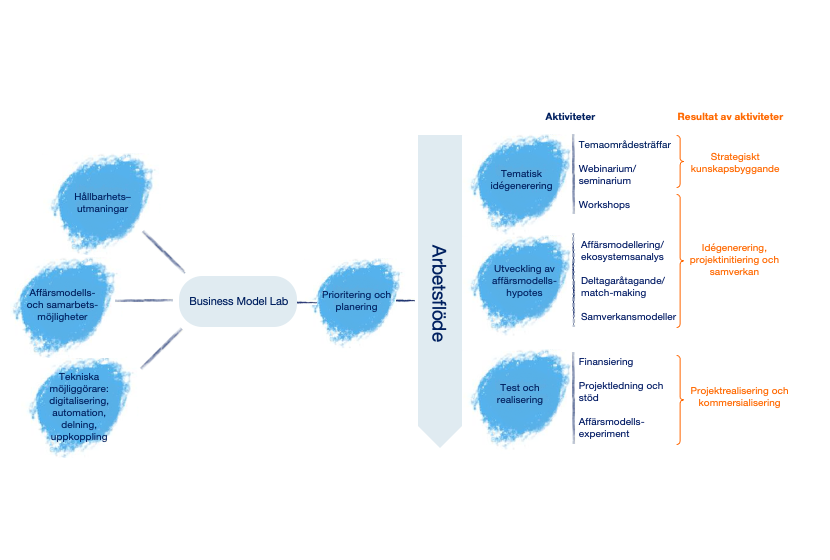Drive Sweden Business Model Lab 2019-2020
Automated Connected Vehicles and Mobility services create new business opportunities. Continuous improvements in technology address many of the current technological challenges, while business models remain a bottleneck.

Automated Connected Vehicles and Mobility services create new business opportunities. Continuous improvements in technology address many of the current technological challenges, while business models remain a bottleneck. The growth of new services could entail the creation of new roles, the involvement of new actors and changes in the current value chain. These developments pressurize current business models and open the door for radical changes to current business models, and the entry of new actors with new business models.
The project aims to accelerate the implementation and use of connected, cooperative and automated mobility by identifying and tackling bottlenecks connected to business models. Connected automated vehicles and new mobility services will present the current transportation market with new challenges and opportunities with regards to emerging business models for both passenger and freight transport. Moreover, it aims to help partners in developing future project ideas related to business model changes.
The mission of the Drive Sweden Business Model Lab is to be an “incubator” for projects and activities related to Business Model development and to support projects that align with the goals of Drive Sweden.
Project period
Februari 2021 - april 2023
Partners
KTH ITRL, Sustainable Innovation, EasyMile, Applied Autonomy, Kyyti, Go Mobile As, Arthur D. Little AB, Freelway, ElonRoad, DHL, Vattenfall, Ragn-Sells, Bring.
Contact
Roland Elander, Sustainable Innovation
Vinnova number
2021-01077
Related projects



